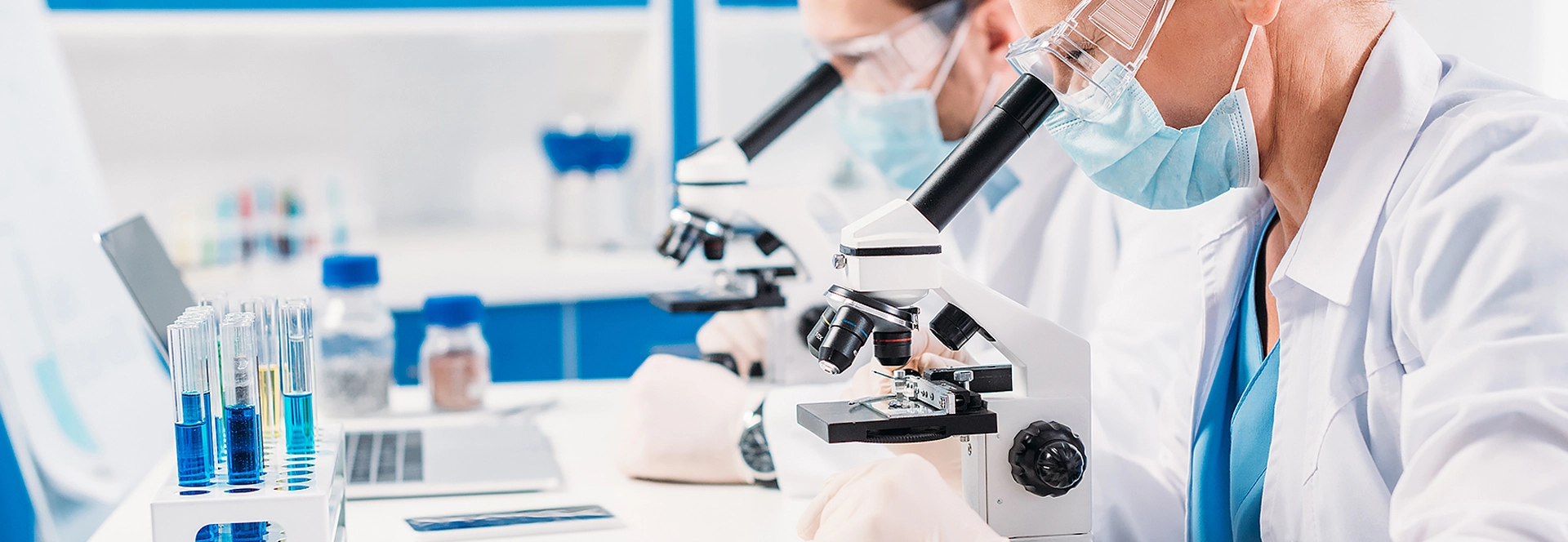Quantitative Polymerase Chain Reaction (qPCR) machines are indispensable tools in molecular biology research, allowing scientists to amplify and quantify DNA sequences with high precision. In this comprehensive guide, we will delve into the intricacies of qPCR machines, from their basic components to advanced applications and future trends.
1. Introduction to qPCR Machines
What is qPCR?
qPCR, also known as real-time PCR, is a technique used to amplify and simultaneously quantify a targeted DNA molecule. It utilizes the principles of traditional PCR but incorporates fluorescent dyes or probes to monitor the amplification process in real-time.
Importance of qPCR in Molecular Biology Research
qPCR plays a crucial role in various areas of molecular biology, including gene expression analysis, mutation detection, and pathogen identification. Its ability to provide accurate and quantitative results makes it an essential tool for both basic research and clinical diagnostics.
2. Components of a qPCR Machine
A typical qPCR machine consists of three main components:
Thermal Cycler
The thermal cycler is responsible for precisely controlling the temperature of the reaction mix during the PCR cycling process. It cycles through different temperature stages, including denaturation, annealing, and extension, to facilitate DNA amplification.
Fluorescence Detector
The fluorescence detector monitors the accumulation of amplified DNA in real-time. It detects the fluorescence emitted by fluorescent dyes or probes that bind to the amplified DNA during each cycle of the PCR reaction.
Computer Software
The computer software controls the operation of the qPCR machine and analyzes the raw data obtained during the amplification process. It calculates the threshold cycle (Ct) values, which are used to quantify the initial amount of the target DNA molecule in the sample.
3. Types of qPCR Machines
There are two main types of qPCR machines:
Real-time PCR Machines
Real-time PCR machines, also known as quantitative PCR machines, monitor the amplification of DNA in real-time using fluorescent dyes or probes. They allow for the continuous monitoring of the PCR reaction, enabling the quantification of the target DNA molecule as it accumulates during amplification.
Digital PCR Machines
Digital PCR machines partition the PCR reaction into thousands of individual micro-reactions, each containing a single target DNA molecule. By counting the number of positive and negative partitions, digital PCR machines can accurately quantify the initial amount of the target DNA molecule in the sample.
4. Choosing the Right qPCR Machine
When selecting a qPCR machine, several factors should be considered:
Throughput Requirements
Consider the number of samples you need to process simultaneously and choose a qPCR machine with the appropriate throughput capacity.
Sensitivity and Specificity
Evaluate the sensitivity and specificity of the qPCR machine, as these factors can impact the accuracy and reliability of your results.
Budget Considerations
Take into account the initial cost of the qPCR machine, as well as any ongoing maintenance or consumable costs, to ensure it fits within your budget constraints.
5. Setting Up and Operating a qPCR Machine
Operating a qPCR machine involves several steps:
Preparation of Reaction Mix
Prepare the PCR reaction mix containing the DNA template, primers, nucleotides, and polymerase enzyme.
Loading Samples and Primers
Load the PCR reaction mix into the wells of a PCR plate, along with the samples and primers.
Running the qPCR Reaction
Place the PCR plate into the thermal cycler and start the PCR reaction. Monitor the amplification in real-time using the fluorescence detector.
6. Data Analysis in qPCR
After the qPCR reaction is complete, the raw data obtained must be analyzed:
Threshold Cycle (Ct)
The Ct value represents the cycle number at which the fluorescence signal crosses a predefined threshold. It is used to quantify the initial amount of the target DNA molecule in the sample.
Normalization Methods
Normalize the Ct values using reference genes or internal controls to account for variations in sample input and reaction efficiency.
Statistical Analysis
Perform statistical analysis to compare gene expression levels between different samples and conditions.
7. Advantages and Applications of qPCR Machines
qPCR machines offer several advantages and have numerous applications:
Quantification of Gene Expression
qPCR allows for the accurate quantification of gene expression levels, making it a valuable tool for studying gene regulation and function.
Pathogen Detection
qPCR can be used to detect and quantify pathogens, such as bacteria and viruses, in clinical samples, food products, and environmental samples.
Environmental Monitoring
qPCR is employed in environmental monitoring programs to detect and quantify pollutants, microbial contaminants, and other environmental indicators.
qPCR machines are indispensable tools in molecular biology research, offering precise and quantitative analysis of DNA molecules. By understanding the basic principles, components, and applications of qPCR machines, researchers can leverage their capabilities to advance scientific knowledge and discovery.
FAQs
What is the difference between qPCR and traditional PCR?
Traditional PCR amplifies DNA exponentially without quantification, while qPCR allows for real-time monitoring and quantification of DNA amplification.
How is the specificity of a qPCR reaction ensured?
The specificity of a qPCR reaction is ensured through the design of specific primers and probes that selectively target the desired DNA sequence.
Can qPCR be used to detect mutations in DNA?
Yes, qPCR can be used to detect mutations in DNA by designing primers and probes that specifically amplify the mutant allele.
What are the limitations of qPCR technology?
Some limitations of qPCR technology include the potential for nonspecific amplification, the need for careful experimental design, and the requirement for expensive reagents and equipment.
What are some emerging applications of qPCR machines?
Emerging applications of qPCR machines include single-cell gene expression analysis, circulating tumor DNA detection, and point-of-care diagnostics.


![[4504]Fetal Fibronectin (fFN) [4504]Fetal Fibronectin (fFN)](/uploads/image/20250113/10/Fetal-Fibronectin-fFN-Rapid-Test-Kit.webp)
![[3510]Avian leukemia virus type J (ALV-J) [3510]Avian leukemia virus type J (ALV-J)](/uploads/image/20250113/11/Avian-Leukemia-Virus-Type-J-ALV-J-Nucleic-Acid-Test-Kit-Lyophilized.webp)
![[3505]Avian Influenza Panel Ⅲ [3505]Avian Influenza Panel Ⅲ](/uploads/image/20250113/11/Avian-Influenza-Panel--Nucleic-Acid-Test-Kit-Lyophilized.webp)